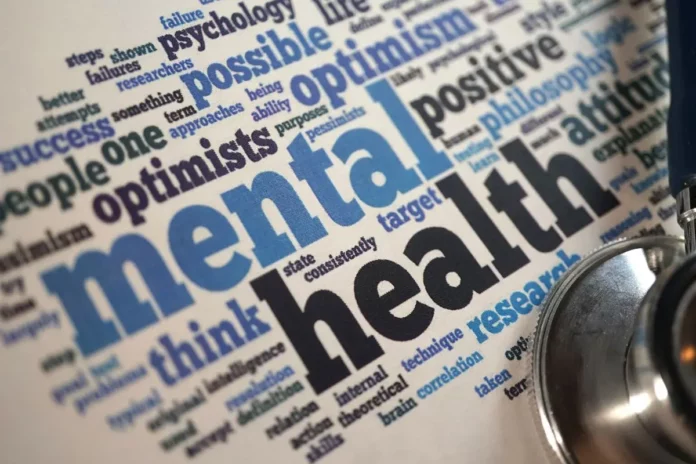A comprehensive study involving over 156,000 participants across 29 nations indicates that by age 75, nearly half of the world’s population will likely confront mental health challenges.
The study, featured in The Lancet Psychiatry last month, scrutinized responses gathered between 2001 and 2022 from a World Health Organization survey, assessing the prevalence of various mental health conditions. Analyzing 13 common disorders, including major depressive and bipolar disorders, anxiety, substance use, and attention-deficit/hyperactivity disorder, researchers revealed a significant concern.
Approximately 29% of male participants and 30% of female participants acknowledged experiencing at least one mental health disorder within a decade prior to their survey participation. Predicting a lifetime risk, researchers projected a 46% likelihood for males and 53% for females to develop such conditions by age 75.
Also read: Study Shows That Reducing Social Media Usage Improves College Students Mental Health
Disturbingly, initial signs of mental health issues manifest early in life. The peak occurrence of first-onset mental health disorders was around age 15, with a median age of onset at 19 for males and 20 for females.
John McGrath, a study lead author from the University of Queensland, highlighted the urgency for early interventions to enhance mental well-being in youth. Often, mental health problems arise during crucial life transitions, impacting personal and professional trajectories.
Notable Findings and Gender Differences
This study builds on a 2007 report from the World Mental Health survey, enhancing the understanding of lifetime prevalence and onset age of mental health disorders. However, limitations include potential cultural biases and evolving societal conditions that might influence responses.
Nevertheless, the current study provides a nuanced view of onset ages for specific disorders and unveils gender disparities. For males, the most prevalent disorder during the survey was alcohol abuse (14%), followed by major depressive disorder (7.5%) and specific phobias (5%). Among females, major depressive disorder ranked highest (14%), trailed by specific phobias (10%) and post-traumatic stress disorder (4.5%).
Gender-wise, anxiety disorders were more prevalent among women (18%) than men (11%). Conversely, men displayed a higher addiction risk, with 14.4% reporting substance use disorders, compared to 10% of women.
While individual mental health disorder rates fluctuate, the cumulative impact is substantial. Despite commonality, the severity and societal implications of these challenges remain paramount, particularly when young individuals’ potential contribution is hindered.
This article was first published at statnews.com.

